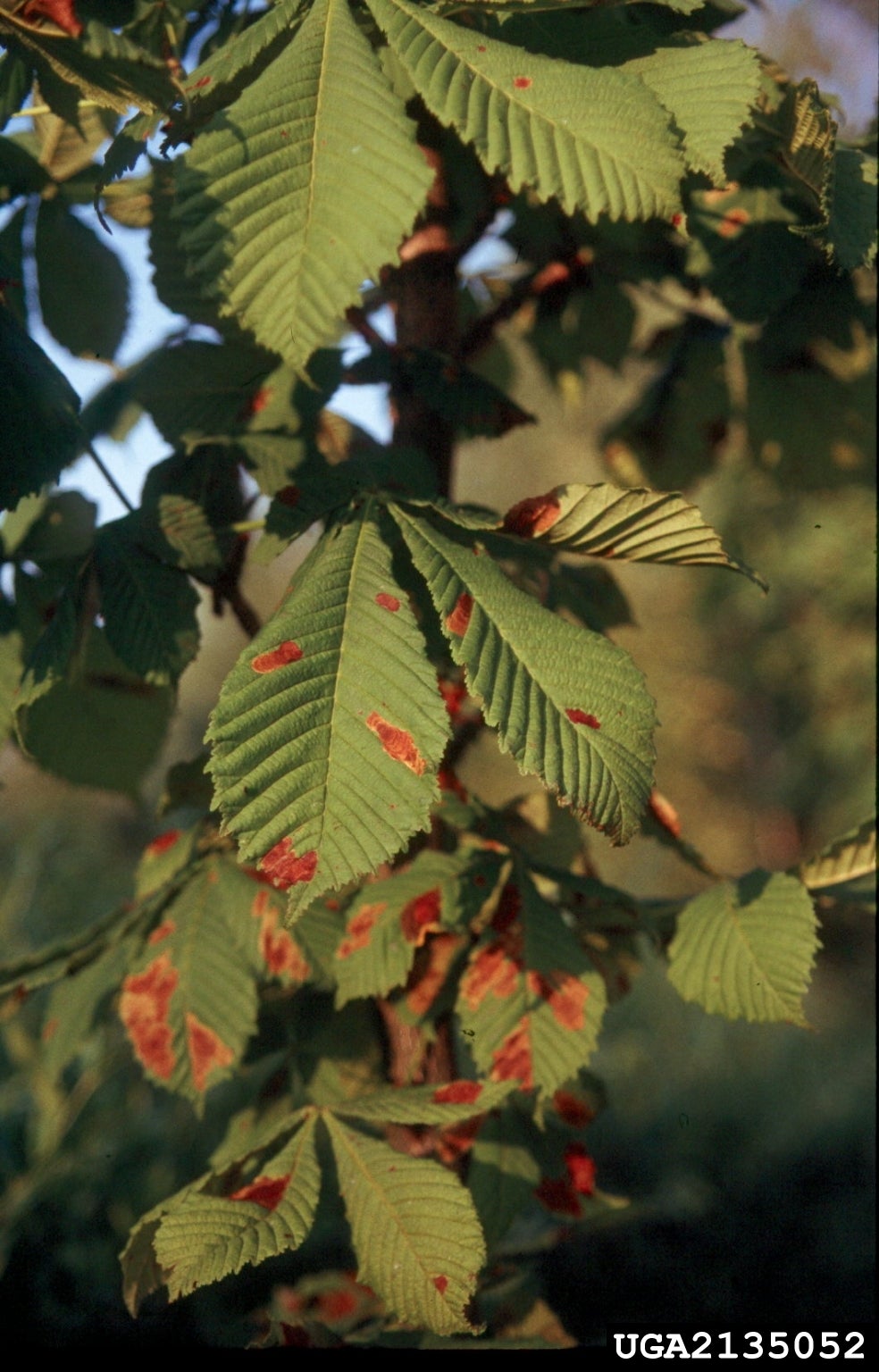Is My Horse Chestnut Sick – Diagnosing Diseases Of Horse Chestnut Trees


Horse chestnut trees are a large type of ornamental shade tree native to the Balkan peninsula. Much loved for their use in landscaping and along roadsides, horse chestnut trees are now widely distributed throughout Europe and North America. In addition to providing welcome shade during the hottest parts of summer, the trees produce large and showy flower blooms. Though relatively simple to grow, there are several common issues which lead to the decline of this plant's health – issues that may cause growers to ask, ‘is my horse chestnut sick?’
What’s Wrong with My Horse Chestnut?
Like many types of trees, diseases of horse chestnut trees may arise due to insect pressure, stress, or less than ideal growing conditions. The severity of horse chestnut diseases may vary greatly depending upon the cause. By familiarizing themselves with signs and symptoms of decline in tree health, growers are better able to treat and prevent disease of horse chestnut trees.
Horse Chestnut Leaf Blight
One of the most common diseases of horse chestnut trees is leaf blight. Leaf blight is a fungal disease which causes large, brownish spots to develop on the tree’s leaves. Often, these brown spots will also be surrounded by yellow discoloration. Wet weather in the spring allows the adequate moisture needed for the fungal spores to spread.
Leaf blight most often results in premature loss of leaves from trees in the fall. While there's no treatment for leaf blight in the home garden, you can help to combat the issue by removing infected leaf litter from the garden. Destroying the infected plant matter will help to better control future leaf blight infections.
Horse Chestnut Leaf Miner
Horse chestnut leaf miner is a type of moth whose larvae feed on horse chestnut trees. The tiny caterpillars create tunnels within the leaves, and eventually cause damage to the plant’s foliage. Though it has not shown to cause serious damage to horse chestnut trees, it may be of some concern, as infected leaves may fall prematurely from trees.
Horse Chestnut Bleeding Canker
Caused by bacteria, bleeding canker of horse chestnuts is a disease that impacts the health and vigor of horse chestnut tree bark. Canker causes the bark of the tree to “bleed” a dark colored secretion. In severe cases, horse chestnut trees may succumb to this disease.
Sign up for the Gardening Know How newsletter today and receive a free copy of our e-book "How to Grow Delicious Tomatoes".

Tonya Barnett has been gardening for 13 years. Flowers are her passion. She has transformed her backyard into a cut flower garden, which she regularly chronicles on her YouTube channel http://www.youtube.com/@tonyawiththeflowers.